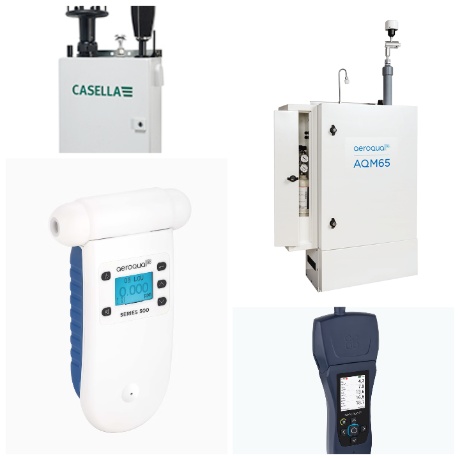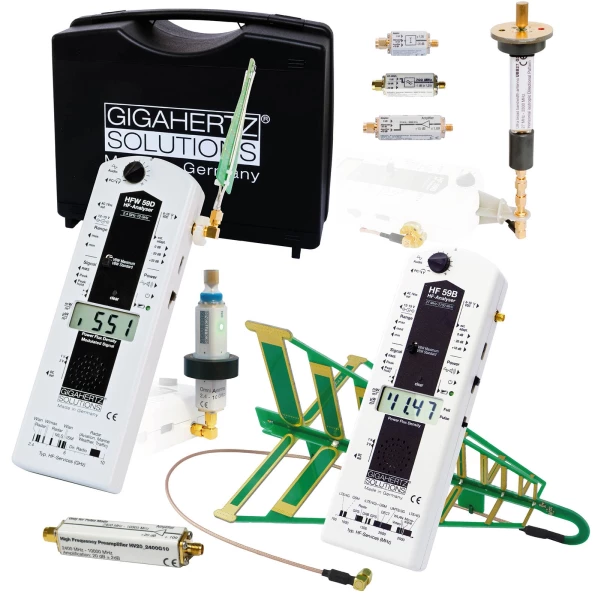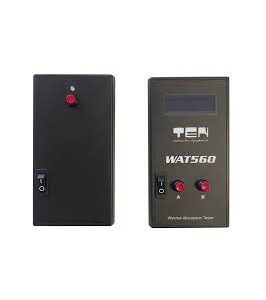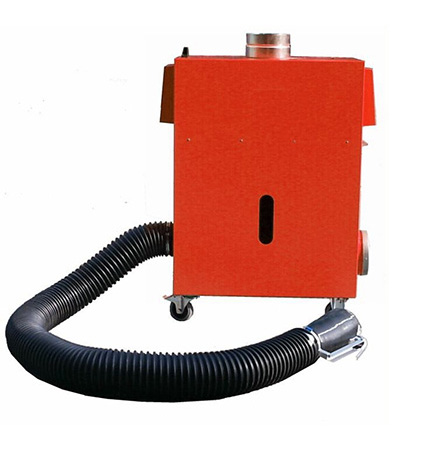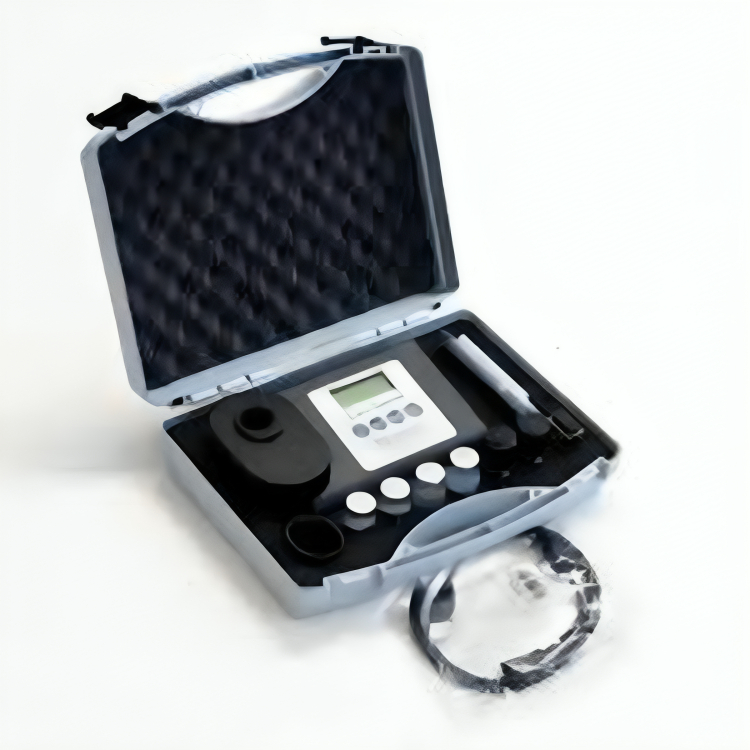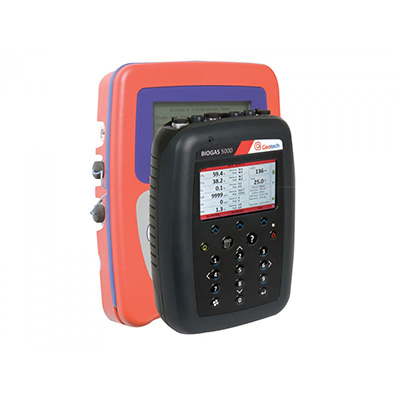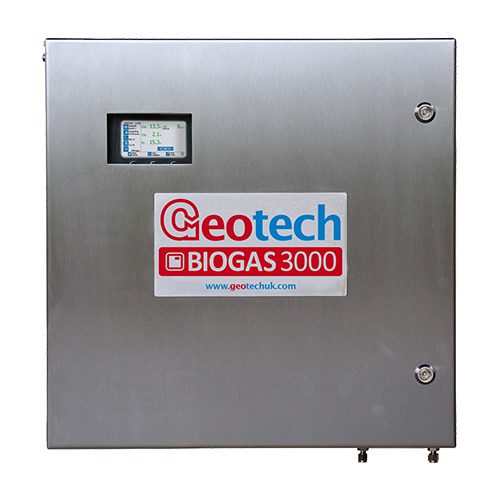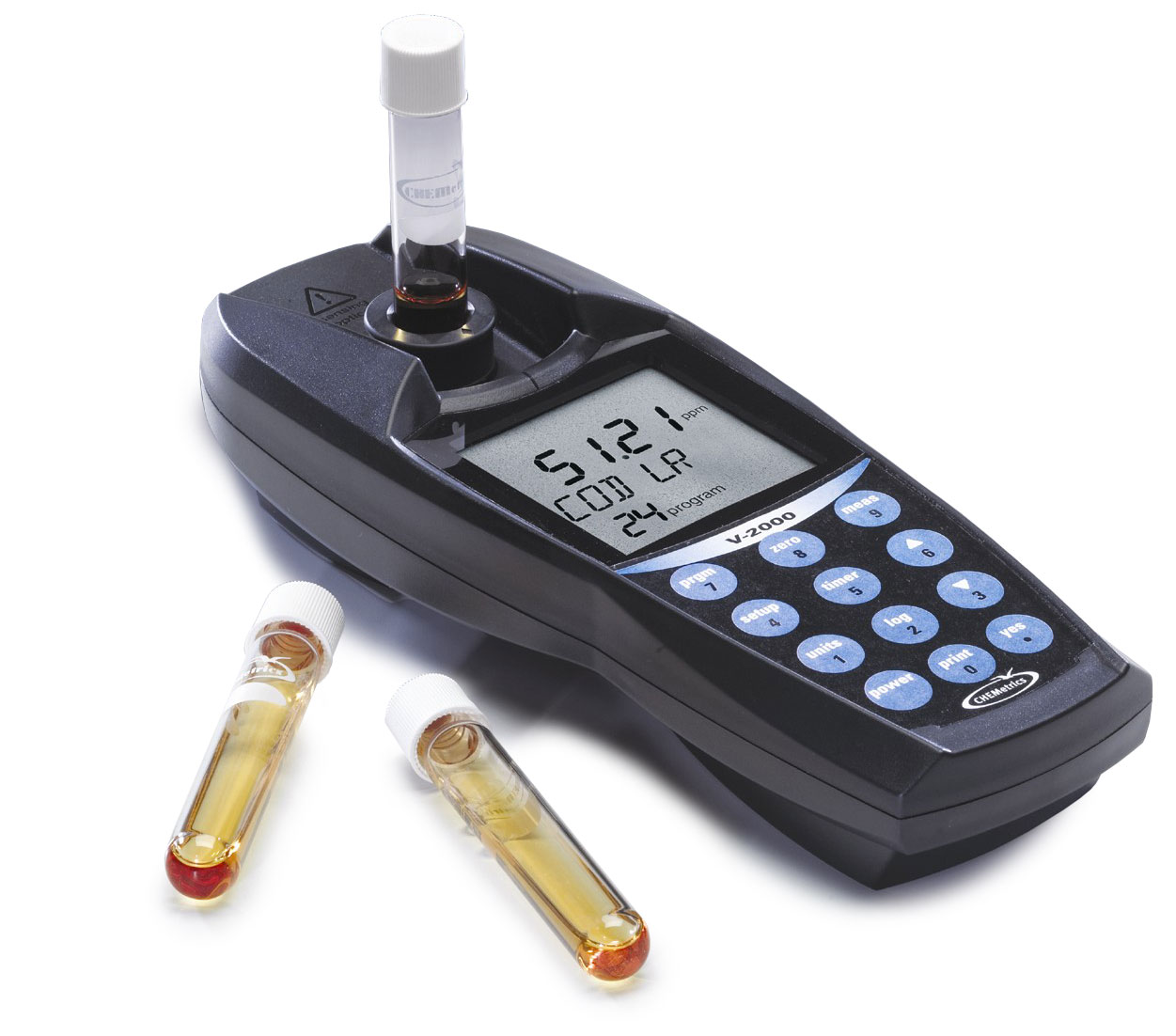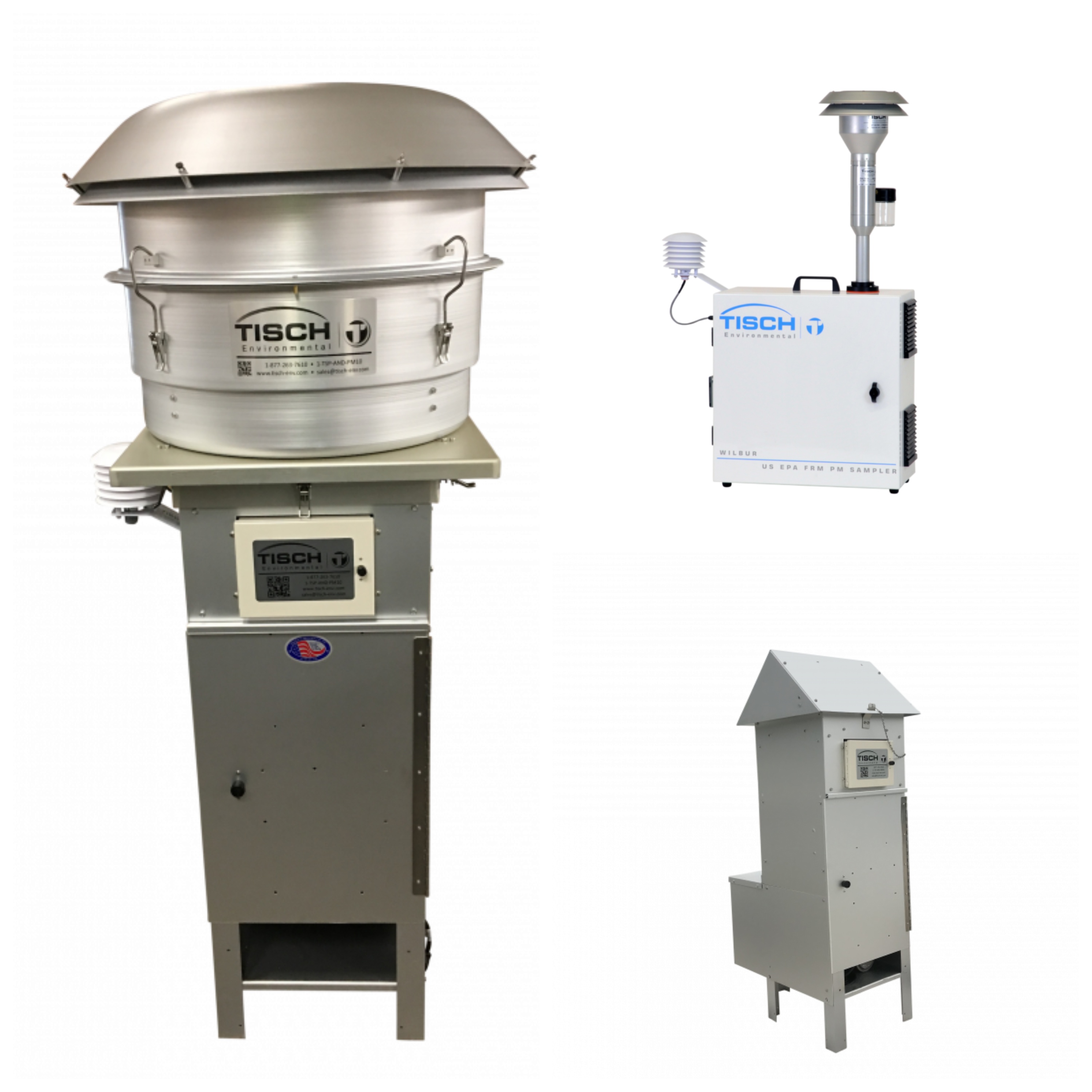Article
Comprehensive Guide to Environmental Measuring Devices
Environmental measuring devices are indispensable tools that play a crucial role in monitoring and maintaining the quality of our surroundings. These instruments are utilized across various industries such as environmental science, manufacturing, automotive, and public health. They provide essential data that helps in assessing environmental impact, ensuring regulatory compliance, and safeguarding public health. This guide explores different types of environmental measuring devices, their applications, and emphasizes the importance of regular maintenance and calibration to ensure accurate measurements
Flue Gas Analyzers
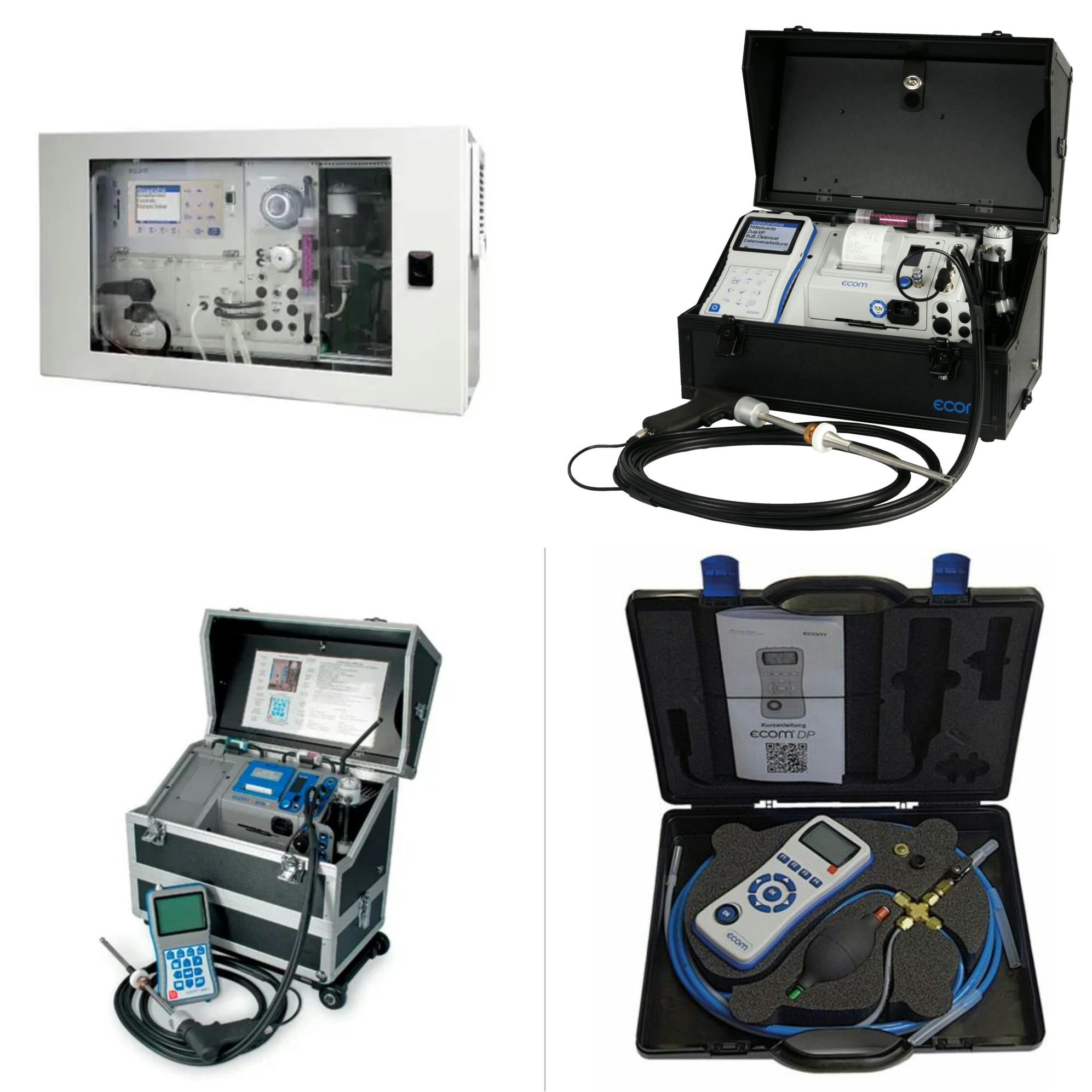
Flue gas analyzers are specialized instruments designed to measure the composition of exhaust gases produced from combustion processes. These devices are critical for industries such as power generation, manufacturing, and automotive, where efficient combustion and emissions control are essential. Flue gas analyzers help in monitoring emissions of gases like carbon dioxide (CO2), oxygen (O2), sulfur dioxide (SO2), nitrogen oxides (NOx), and particulate matter. Key features include sophisticated gas sampling probes, advanced sensors for precise gas detection, and data logging capabilities for comprehensive emissions analysis.
Air Quality Monitors
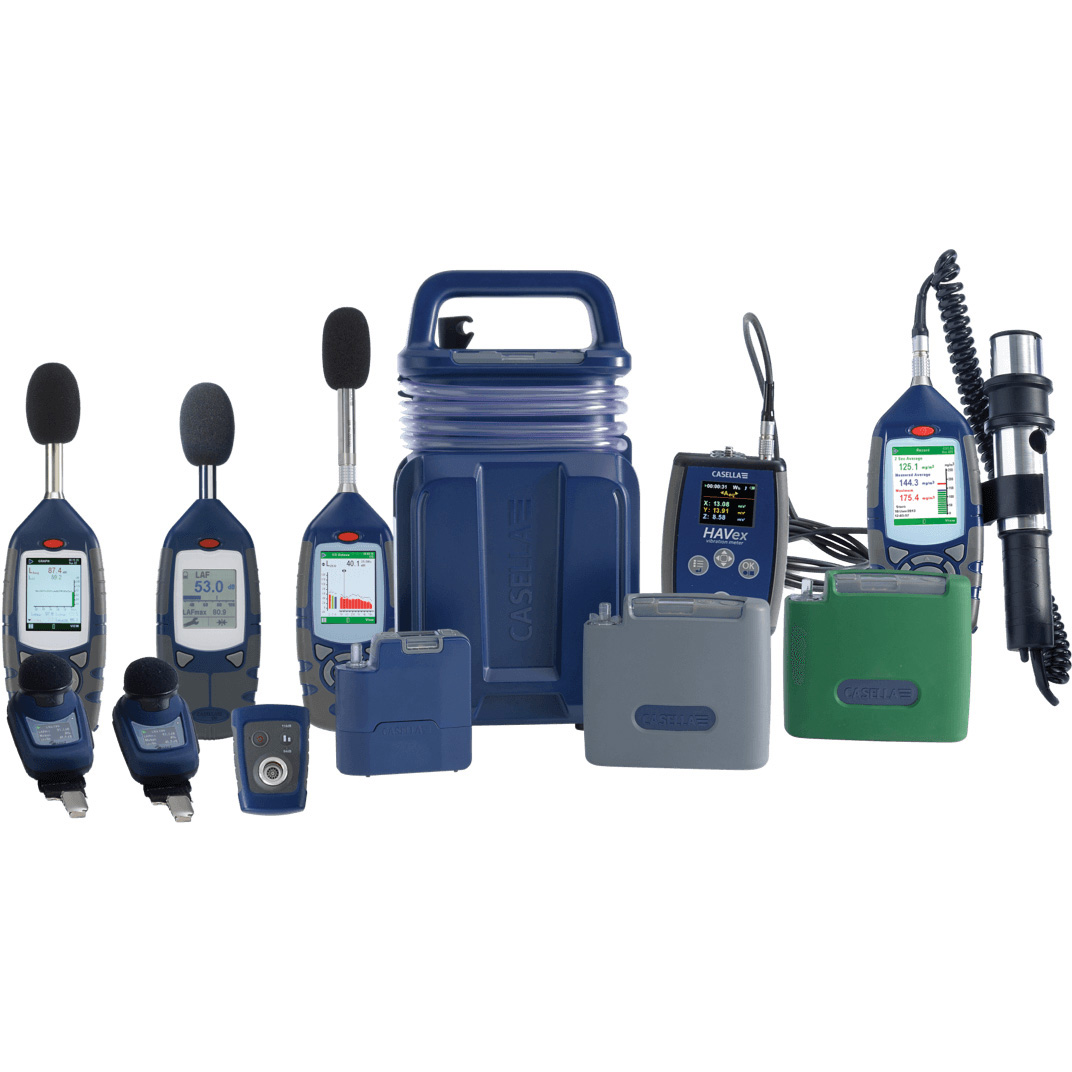
Air quality monitors are essential tools used to assess the levels of pollutants present in the air we breathe. These devices are deployed in both indoor and outdoor environments to monitor particulate matter (PM2.5 and PM10), volatile organic compounds (VOCs), carbon monoxide (CO), sulfur dioxide (SO2), nitrogen dioxide (NO2), and ozone (O3). They play a crucial role in environmental health assessments, urban planning, and regulatory compliance monitoring. Air quality monitors provide real-time data to support decision-making processes aimed at protecting public health and improving air quality standards.
Gas Detectors

Gas detectors are vital safety devices used to detect and alert users to the presence of hazardous gases in various settings, including industrial facilities, laboratories, and residential areas. These devices are available in portable and fixed configurations, equipped with sensors capable of detecting gases such as methane (CH4), propane, carbon monoxide (CO), hydrogen sulfide (H2S), and ammonia (NH3). Gas detectors are essential tools for ensuring workplace safety, emergency response preparedness, and environmental monitoring in potentially hazardous environments.
Environmental Electrical Analyzers
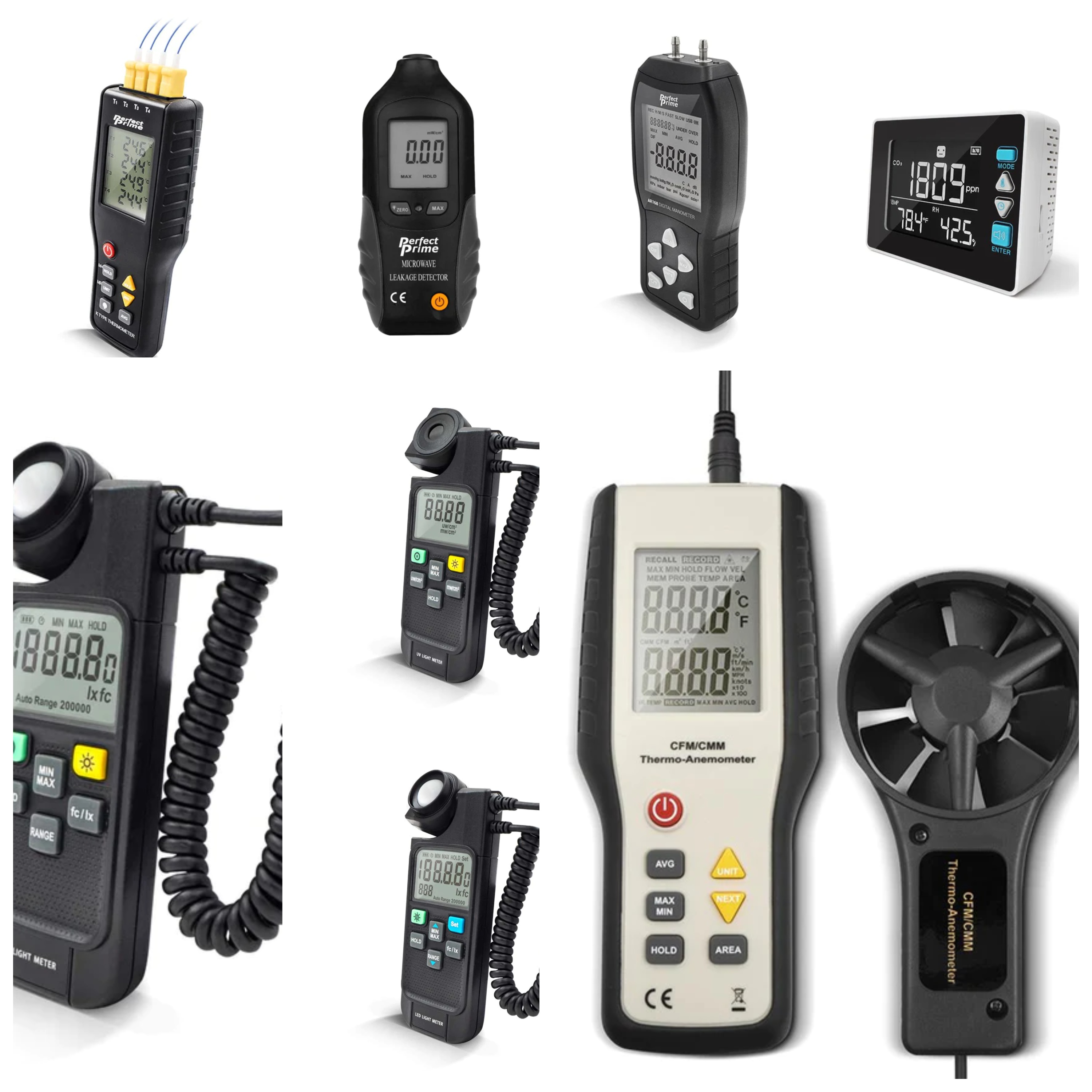
Environmental electrical analyzers encompass a range of specialized instruments used to measure and analyze environmental factors related to sound, light, vibration, electromagnetic fields (EMF), and radio frequencies (RF). Each type of analyzer serves unique purposes:
- Sound Meters: Measure noise levels in decibels (dB) to ensure compliance with noise regulations in industrial, residential, and recreational settings.
- Light Meters: Quantify illumination levels in lux or foot-candles, crucial for evaluating workplace safety, architectural lighting design, and environmental impact assessments.
- Vibration Meters: Assess vibration intensity in machinery and structures to prevent mechanical failures, ensure structural stability, and optimize equipment performance.
- EMF/RF Measurement Devices: Detect and measure electromagnetic radiation and radio frequencies emitted from electronic devices, power lines, and wireless communication systems. These devices are essential for assessing exposure levels in occupational, residential, and medical environments, ensuring compliance with safety regulations and minimizing potential health risks.
Automotive Emission Analyzers
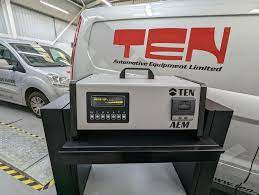
Automotive emission analyzers are specialized tools used to measure and analyze exhaust emissions from vehicles, including cars, trucks, and motorcycles. These analyzers quantify pollutants such as carbon monoxide (CO), carbon dioxide (CO2), hydrocarbons (HC), nitrogen oxides (NOx), and particulate matter (PM). Automotive emission analyzers are essential for vehicle emissions testing, regulatory compliance verification, and engine performance tuning to achieve optimal fuel efficiency and reduce environmental impact.
Water Quality Analyzers

Water quality analyzers are advanced instruments designed to monitor and analyze various parameters affecting the quality of water in lakes, rivers, reservoirs, and drinking water treatment facilities. These analyzers measure parameters such as pH, dissolved oxygen (DO), turbidity, conductivity, and levels of chemical contaminants including heavy metals and pesticides. Water quality analyzers play a crucial role in ensuring the safety and compliance of drinking water with regulatory standards, monitoring environmental impacts on aquatic ecosystems, and supporting effective water resource management strategies.
Landfill Gas Analyzers

Landfill gas analyzers are specialized instruments used to monitor and analyze gases emitted from landfill sites, including methane (CH4), carbon dioxide (CO2), and other volatile organic compounds (VOCs). These analyzers are essential for environmental monitoring and regulatory compliance, helping to mitigate greenhouse gas emissions, prevent air and groundwater pollution, and ensure the safety of surrounding communities and ecosystems.
Gas Detection Tubes
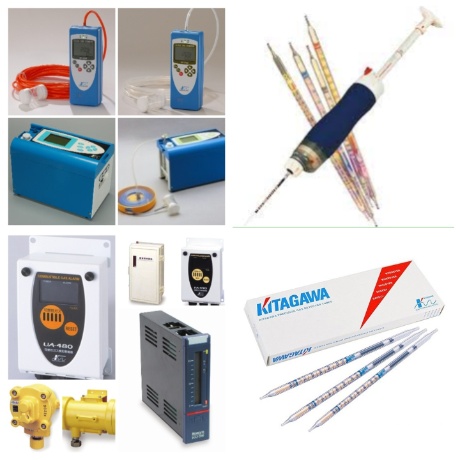
Gas detection tubes are cost-effective, portable tools used for the rapid detection and measurement of specific gases in air samples. These tubes contain chemical reagents that undergo color changes when exposed to target gases, providing a visual indication of gas concentration levels. Gas detection tubes are widely used in industrial hygiene assessments, emergency response scenarios, and environmental monitoring applications where immediate, on-site gas detection and analysis are required.
Weather Stations

Weather stations are sophisticated instruments used to measure and record various atmospheric parameters and weather conditions at specific locations. These stations collect data on temperature, humidity, atmospheric pressure, wind speed and direction, rainfall, solar radiation, and UV index. Weather stations are crucial for meteorological research, climate monitoring, agricultural planning, aviation operations, and environmental impact assessments. Real-time weather data provided by weather stations support decision-making processes in sectors ranging from agriculture and transportation to emergency management and urban planning.
High and Low Air Samplers
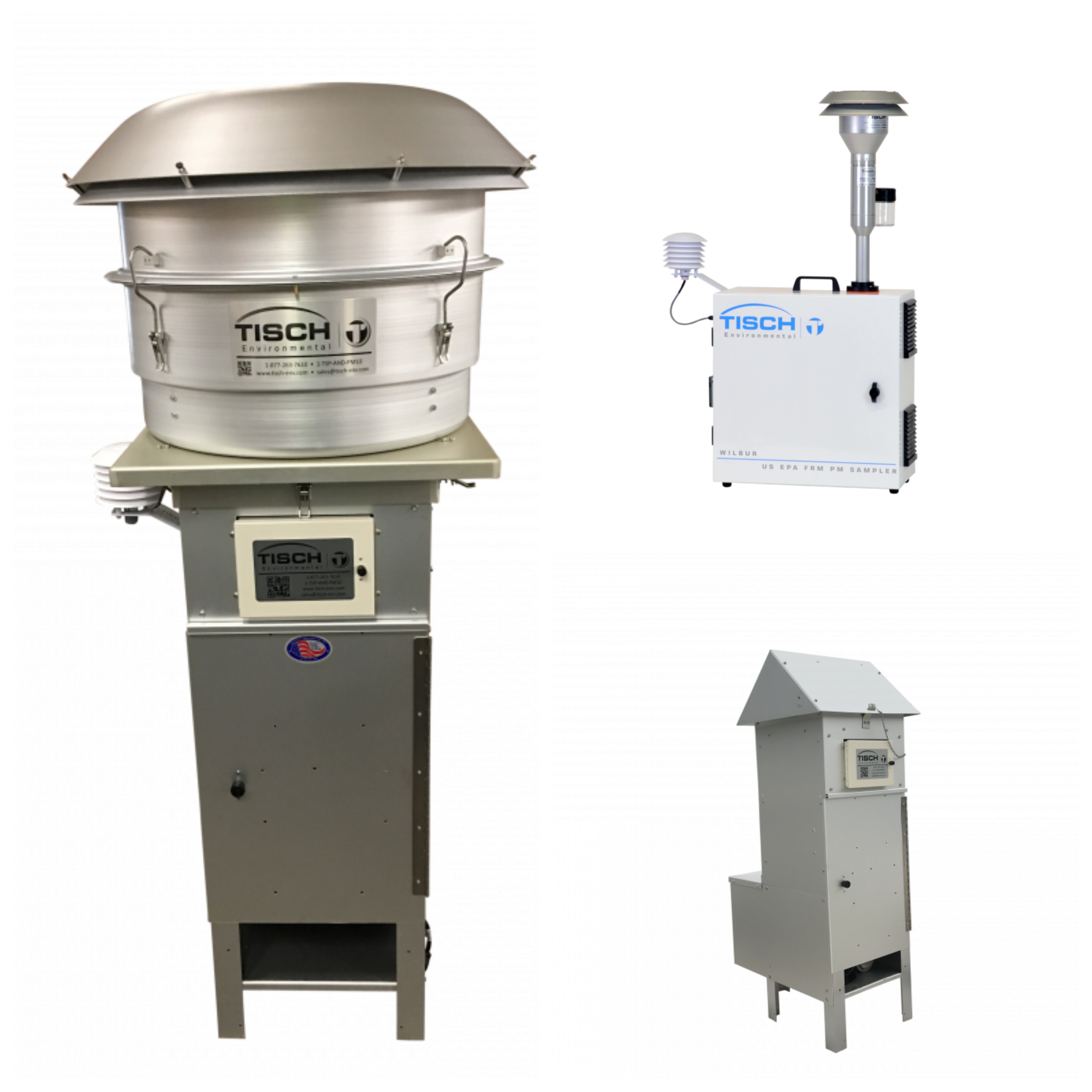
High-volume and low-volume air samplers are specialized instruments used to collect air samples for the analysis of airborne pollutants, particulate matter, and atmospheric contaminants. High-volume air samplers are employed in outdoor air quality monitoring programs to capture large volumes of air for comprehensive pollutant analysis, while low-volume air samplers are typically used for indoor air quality assessments and workplace exposure monitoring. These air sampling devices provide critical data for regulatory compliance monitoring, environmental impact assessments, and public health research aimed at understanding air pollution sources and mitigating associated health risks.
Oil and Hydrocarbon in Water Measurement
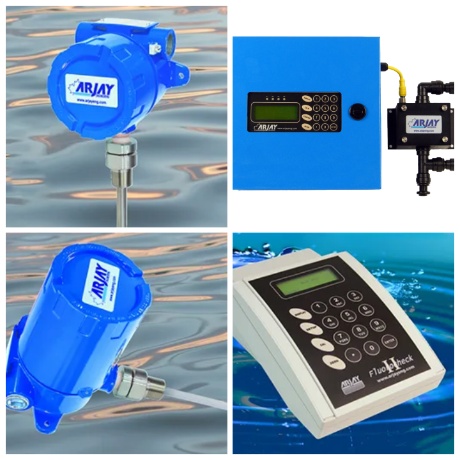
Devices for measuring oil and hydrocarbons in water are essential tools used in environmental monitoring and pollution control efforts. These instruments quantify the concentration of oil spills, petroleum products, and organic pollutants in water bodies such as oceans, rivers, lakes, and groundwater sources. Oil and hydrocarbon measurement devices support environmental compliance monitoring, spill response activities, and remediation efforts aimed at protecting aquatic ecosystems, ensuring water quality, and safeguarding public health.
Conclusion
Environmental measuring devices are indispensable tools for monitoring and maintaining the quality of our environment, supporting sustainable development, and protecting public health. Regular calibration, maintenance, and accurate measurements provided by these devices are essential for ensuring compliance with regulatory standards, mitigating environmental impacts, and promoting environmental stewardship. Our company specializes in the promotion, maintenance, and calibration of these essential environmental instruments, supporting industries and organizations in achieving environmental sustainability and regulatory compliance.

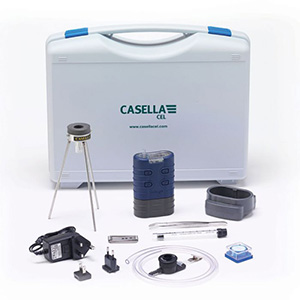
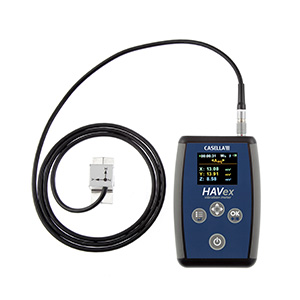
.jpg)

